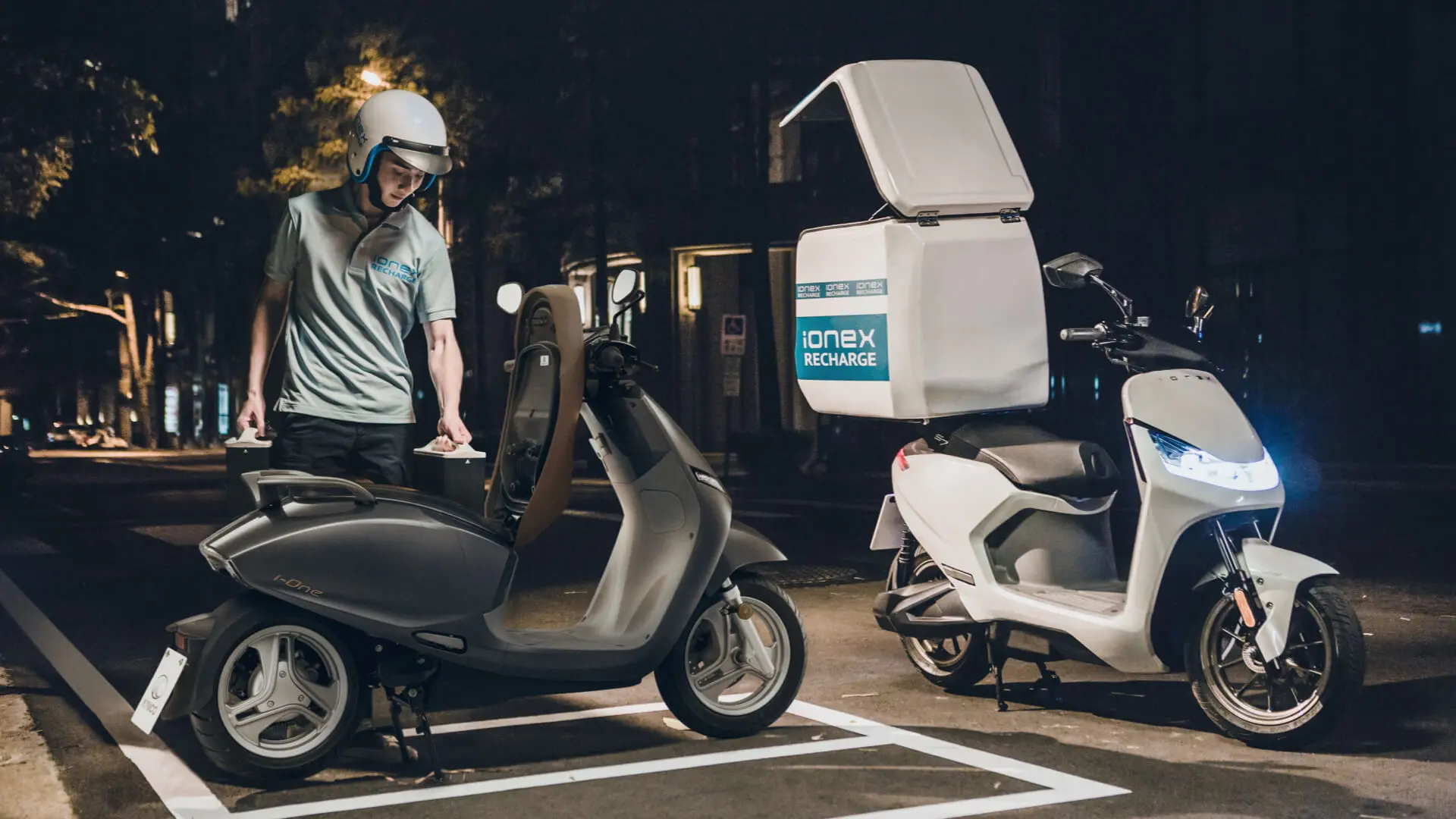Taiwanese scooter giant KYMCO will enter Europe via Italy with its Ionex electric scooters, the recent shell hit in a battery swapping.


KYMCO‘s Ionex battery swap system competes directly with Gogoro‘s own battery swap system, despite the fact that Gogoro surpasses KYMCO in its home market by a factor of ten. Japanese motorcycle manufacturers, along with Honda, also have entered the battery swapping game, each hoping that their own system will become the standard.
As of now, Gogoro has easily won that war, but it has primarily committed to increasing its infrastructure network across the largest Asian markets, including China, India, and Indonesia. It was previously heard scattered rumors of Gogoro’s plans for further Westward expansion.
KYMCO’s recent move into Italy might well introduce battery-swapping electric scooters to the mainland on a wider level, defeating competitors such as Gogoro and Honda. Gogoro essentially has electric scooters in Europe as part of the Tier shared e-scooter network and previously as part of Coup, but those scooters are now only best for short rentals.

Privately owned electric scooters, which allow riders to buy the scooter without battery systems and then charge a low subscription service fee for availability to battery swapping stations, have yet to gain traction in Europe to the extent that they have in Asia.
KYMCO desires to transform that by attempting to bring its electric scooters to Italy and distributing them through KMI di Padana Sviluppo.
Models such as the KYMCO Ionex Many 110 EV could be effective urban cars in the country. While the scooter only has a top maximum speed of km/h (31 mph), it can hold up to 5 Ionex replaceable battery packs for a range of up to 124 miles/200 km on a full charge.
Once diminished, the scooter’s batteries can be recharged using a standard wall outlet, if one is available, or manually swapped out at a battery swap station.
Because of this advantage, they are ideal for urban commuters who do not have access to charging stations in their homes. Apartment dwellers could go weeks on a charge before needing to stop by a swap station for a quick battery swap, lowering the urban charging barrier and hastening EV adoption.